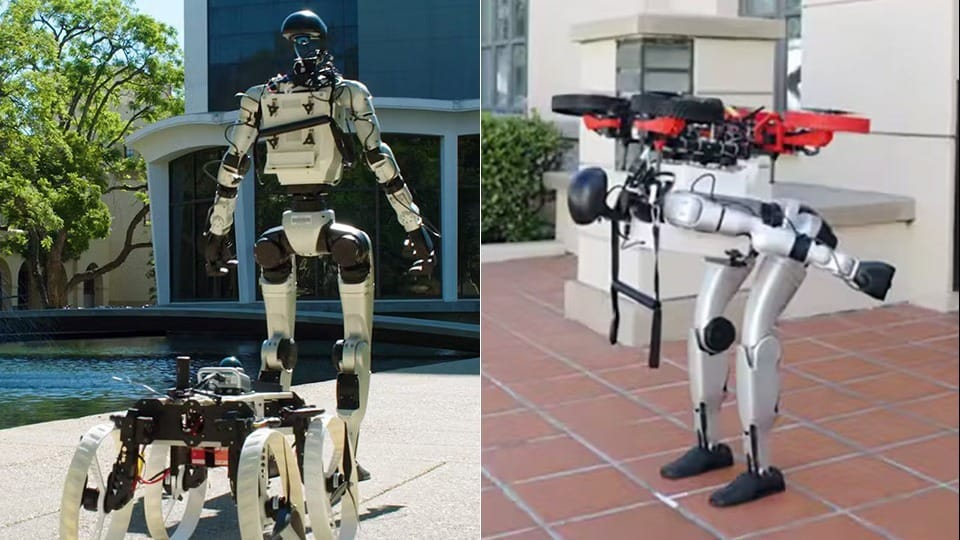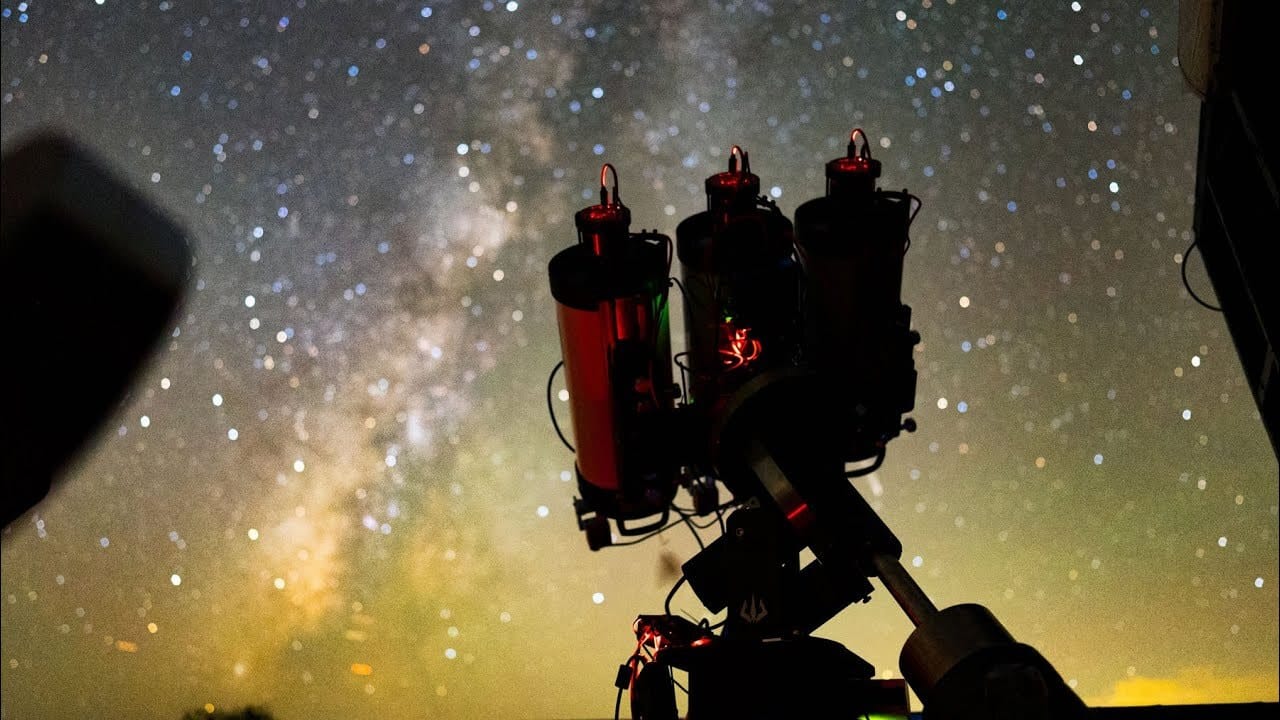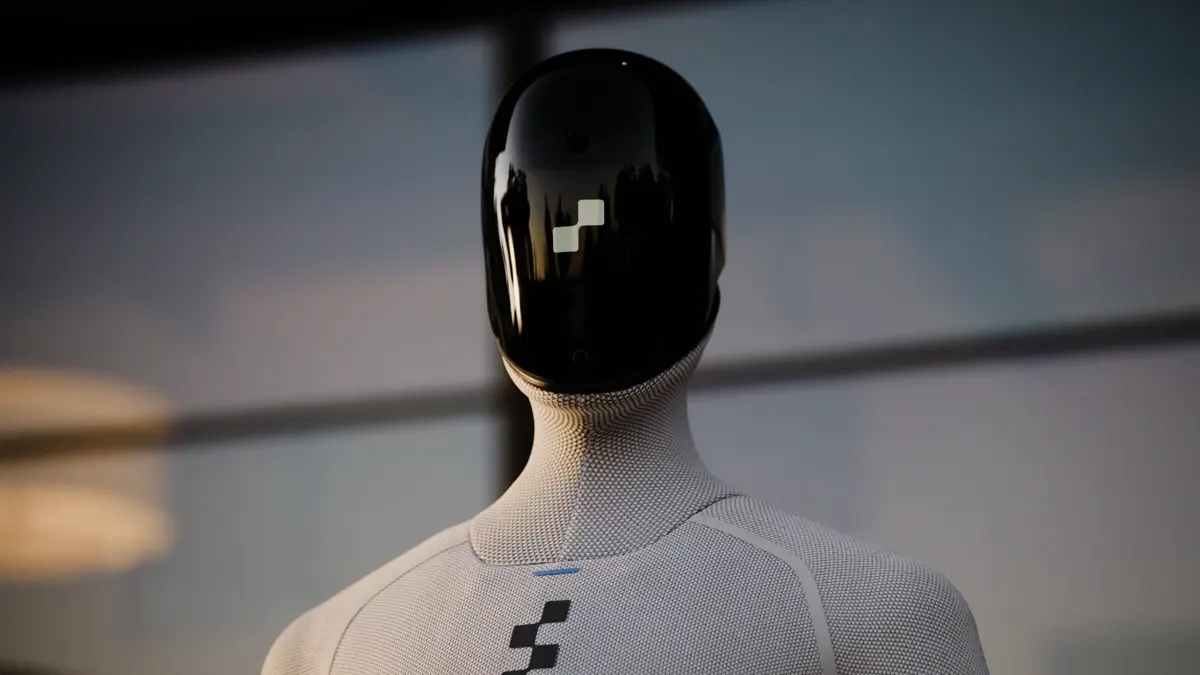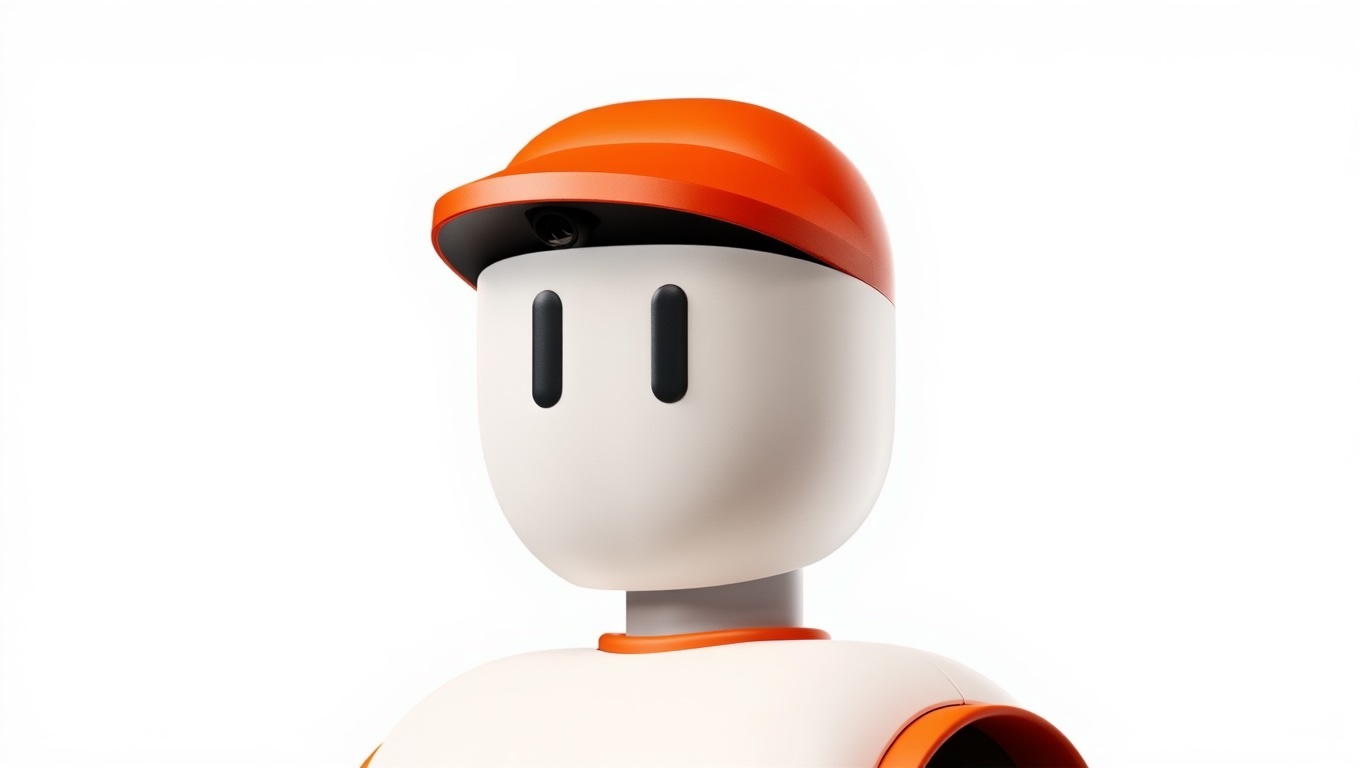Unitree's 'bionic face' humanoid
PLUS: Patients control AI and robotics with thought
Read Online | Sign Up | Advertise
Good morning, robotics enthusiasts. Unitree just dropped a clip of its new H2 humanoid performing a strangely elegant modern dance — complete with a humanlike face.
Beneath the spectacle: 31 joints and enough coordination to pull off complex choreography. The real question isn't whether it moves well — it does — but whether looking creepily human is the way forward.
In today’s robotics rundown:
Unitree debuts H2 humanoid with bionic face
Honor unveils Robot Phone concept
Caltech’s X1 humanoid launches flying drone
Texas robot farm watches the stars
Quick hits on other robotics news
LATEST DEVELOPMENTS
UNITREE
🤖 Unitree debuts H2 humanoid with bionic face

Image source: Unitree
The Rundown: Unitree just unveiled the H2, a humanoid that’s leaning harder into looking human. At 180 cm tall and 70 kg, with a more lifelike face, it’s still unmistakably a machine — just one that’s trying not to look like one.
The details:
The H2 reportedly features 31 joints, a 19% increase from the previous R1 model, enabling greater flexibility and smoother movement.
Demo footage shows the robot performing complex dance and martial arts sequences with remarkable agility, balance, and fluid joint articulation.
The H2’s “bionic face” remains mostly mysterious — for now it reads as a mask— but shows Unitree’s intent to chase humanlike appearance.
Unitree’s previous model, the H1, became the first full-sized Chinese humanoid capable of running, setting a world record at 3.3 meters per second.
Why it matters: Unitree’s betting that looking human matters as much as moving like one. Full specs aren’t out yet, but if the H2 inherits the H1’s advanced spatial awareness — 3D lidar and depth cameras for 360° perception — it’ll back up its lifelike exterior with the sensors needed to navigate complex real-world environments.
HONOR
🤳🏽 Honor unveils Robot Phone concept

Image source: Honor
The Rundown: Chinese smartphone maker Honor just teased its “Robot Phone,” a smartphone with a gimbal-mounted camera that unfolds from the rear on a robotic arm, capable of capturing photos and video from multiple angles autonomously.
The details:
Honor calls it an “emotional companion” and part of its Alpha Plan progression “from iPhone, to AI Phone, to Robot Phone.”
The camera moves autonomously into various positions, with applications from subject tracking to astrophotography.
The Robot Phone is central to Honor’s $10B, five-year investment to transform into an AI device company.
No working prototype exists yet (only CGI renders for now) with full details expected at Mobile World Congress Barcelona in 2026.
Why it matters: The industry shifted from pop-up cameras due to durability and water resistance concerns, and Honor’s three-axis gimbal raises similar questions about mechanical complexity and drop survival. But if the engineering holds up, the payoff is real: professional-grade stabilization and creative angles no fixed camera can deliver.
CALTECH
🔥 Caltech's X1 humanoid launches flying drone

Image source: Caltech / YouTube
The Rundown: Caltech’s new X1 is a Transformer-like humanoid that walks, carries a drone, and launches it mid-stride. Combining a modified Unitree G1 with Caltech’s M4 hybrid drone, it merges walking and aerial flight into one fluid robotic system.
The details:
The humanoid base carries the M4 on its back, launching it mid-mission to fly over obstacles before converting into a wheeled vehicle on landing.
Both robots integrate lidar, cameras, and AI-powered pathfinding to navigate autonomously through unpredictable terrain without human input.
Control algorithms from Aaron Ames’s lab at Caltech enable stable walking with dynamic load balancing, even when carrying the drone across uneven ground.
Built for search and rescue and field robotics, X1 shows how merging locomotion modes could redefine autonomy for real-world missions.
Why it matters: Most robots excel at one thing — walking, flying, or rolling — forcing teams to deploy multiple units for complex terrain. X1 proves a single platform can dynamically switch between modes on demand, potentially cutting the cost and coordination overhead of multi-robot missions.
STARFRONT
🔭 Texas robot farm watches the stars

Image source: Starfront Observatories
The Rundown: In just 18 months, Starfront Observatories in rural Rockwood, Texas, has grown into one of the world’s largest robotic telescope farms, hosting over 550 telescopes beneath some of the darkest skies in the U.S., the New York Times reports.
The details:
Each telescope is internet-connected and remotely controlled, letting researchers worldwide capture high-quality deep-sky images from a laptop.
The facility’s 11 climate-controlled, retractable-roof buildings are engineered for rapid automation, with telescopes that align and track targets autonomously.
Amateurs pay from $99 per month for access, democratizing pristine dark skies that typically require major travel or institutional backing.
The system manages operations automatically — from weather shutdowns to calibration — with no human needed on site.
Why it matters: Starfront is astronomy’s server farm — 550 robotic telescopes operating autonomously, coordinating exposures and weather responses without human presence. It proves that with enough networked hardware and reliable automation, amateur astronomers don’t need fly to remote deserts to stargaze.
QUICK HITS
📰 Everything else in robotics today
Chinese robotics company UBTECH has landed a $17.3M deal to build an AI-powered humanoid testing facility in Guangxi province.
German startup NEURA Robotics has opened its NEURA Hub in Hangzhou, a new Asian center for training and data collection aimed at closing robotics’ vast data gap.
AiMOGA Robotics’ humanoid Mornine delivered a multilingual, fully autonomous presentation at the 2025 Chery Global Innovation Conference.
University of Maryland’s RoboScout Team tested robotic drones, robot dogs, and medics in a simulated natural disaster to find, triage, and treat critically injured people.
Shenzhen-based LimX Dynamics has impressed with a 52-second video showing two Oli humanoids performing synchronized full-body stretch routines.
North Carolina State University has developed flat, motor-free “metabots” that fold, crawl, and grasp objects — shape-shifting into hundreds of stable forms.
Chinese startup Booster Robotics dropped a clip of its “all new” K1 humanoid, showing a compact robot running and playing in a park with a group of children.
Chinese robotaxi firm Pony AI has partnered with Stellantis to test and deploy autonomous taxis across Europe, beginning with pilot programs in Luxembourg.
UC San Diego researchers built soft vine-like robots wrapped in liquid crystal elastomer actuators that steer by adjusting internal air pressure and heat.
UK researchers created a Venom-inspired soft robot made from electro‑morphing gel, a jelly-like material that bends, stretches, and shape-shifts under electric fields.
COMMUNITY
🎓 Highlights: News, Guides & Events
Read our last AI newsletter: Karpathy's AI agent reality check
Read our last Tech newsletter: Apple may finally embrace touch
Read our last Robotics newsletter: Waymo robotaxis head to London
Today’s AI tool guide: Reverse-engineer winning ads to create AI videos
RSVP to our next workshop @ 4PM EST Friday: Context Engineering
See you soon,
Rowan, Jennifer, and Joey—The Rundown’s editorial team
Stay Ahead on AI.
Join 1,000,000+ readers getting bite-size AI news updates straight to their inbox every morning with The Rundown AI newsletter. It's 100% free.





